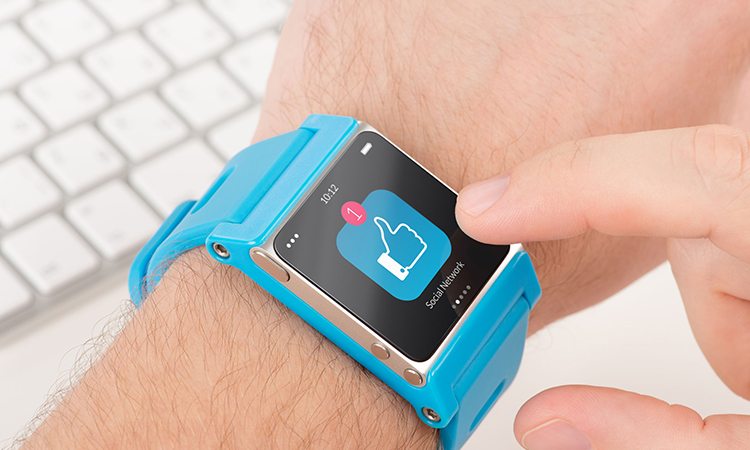Fashion is becoming interdisciplinary—designers once existed to provide consumers with fashion that was both wearable and artistic, but their craft has since grown to involve technologists and engineers.
While wearable technology has existed for more than a decade, fashion is finally beginning to evolve past Apple Watches and Fitbits. This is not to say that fashion and tech have fused seamlessly, but recent innovations in fashion-tech are starting to propel clothing and accessories beyond style, even giving some fashion a completely new purpose. Additionally, technology is being integrated into the fashion industry by improving the online shopping experience.
A noteworthy example of how fashion is being digitally developed is by engineering accessories that provide privacy against mass surveillance. A start-up called Refrectacles has developed glasses that reflect visible light, making the wearer completely unidentifiable by even the most complex facial recognition and surveillance software. Other brands have also engineered fashion for similar purposes, including another start-up called Unidentified Halo. After learning about a study that found that over half of the faces in America are stored in facial recognition databases, Unidentified Halo developed a hat that creates an infrared halo around the person’s face, masking the wearer’s identity from surveillance.
While these fashion-tech companies have given their accessories another purpose, other companies have improved fashion’s existing functions. Emel + Aris is using a lightweight polymer inside its outerwear to produce infrared heat that helps keep wearers warm during the winter months. Additionally, Thesis Couture has used expert engineering to reinvent stilettos, making them increasingly functional. This company developed a polymer to stop pain in the heel, while engineering the shoe to feel an entire inch shorter than it otherwise would.
Although the wearable technology industry is expanding, it’s not without its challenges. People still associate technology with functionality and utility, whereas people connect fashion to aesthetic, culture and emotional satisfaction. According to a 2016 study done by Stockholm University, the visual attractiveness of wearable technology is not only about beauty on the surface, but also about the usability and experience. This means that to facilitate the success of fashion-tech innovations in the future, designs must go beyond integrating cool technology to also be functional, beautiful and intriguing to sustain consumer interest.
However, fashion-tech is doing more than integrating technology into clothes and accessories. Because of technology, fashion has become increasingly personalized to the point where over 70 percent of American shoppers now expect personalization from online stores. Technology allows personalization to manifest in the form of tailored recommendations, custom fit options and data collection that drives new product development. Excelling at personalization has also been shown to reduce shopping cart abandonment, as consumers often abandon their carts because they’re unsure of what to buy. When companies are able to leverage personalization effectively, sales increase as a result.
Chatbots are another way the fashion industry is experimenting with technology to increase personalized user experiences. Consumers are continuously shifting from brick-and-mortar retailers to e-commerce, which causes retailers to turn to technologists to improve online interactions. This method of personalization is currently geared primarily toward younger consumers for basic campaigns; however, as Artificial Intelligence continues to evolve, personalized, omnichannel interactions will improve along with it.
While the integration of fashion and technology is only slightly past its infancy, it will expand exponentially over the next few decades. Technology is elevating design to provide revolutionary functions for fashions that served a single purpose for centuries, in addition to revamping the formerly impersonal experience that e-commerce has become associated with. Despite all the advancements that technology has brought to the fashion industry, design is still key. For the fashion and technology to merge successfully, technology shouldn’t change fashion, but continue to extend it.
Pilar Quintana, vice president of merchandising at Yandy.com
Pilar has a keen eye for design and is credited with creating the fun and sexy designs found in Yandy’s private label lingerie and swim collections. Her innate ability to create fashion forward and on-trend styles that Yandy customers crave is the key to her success.




